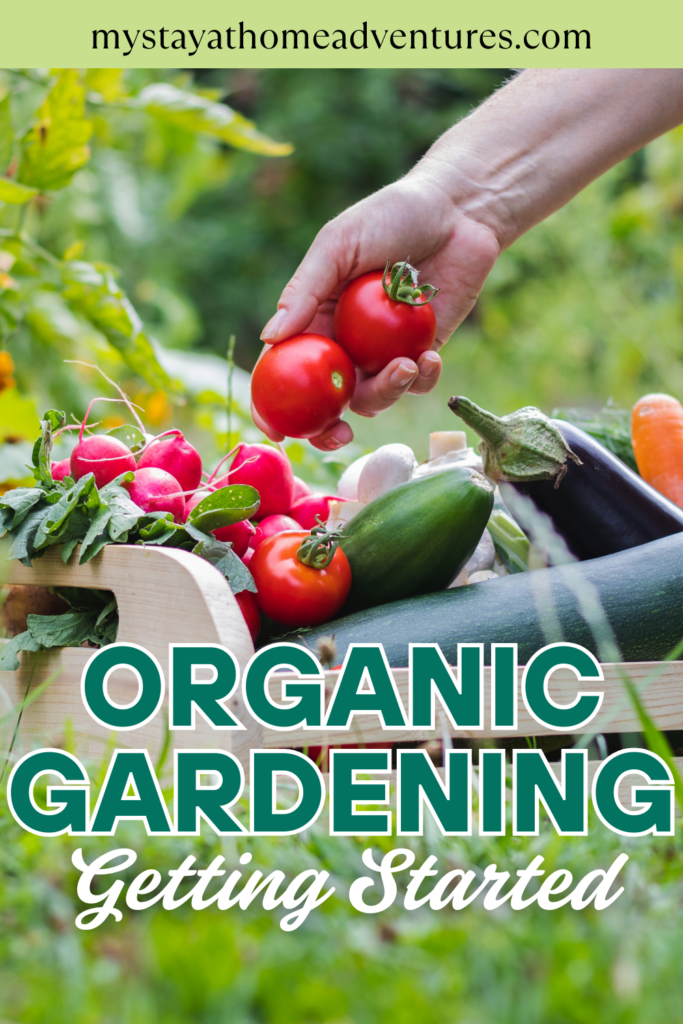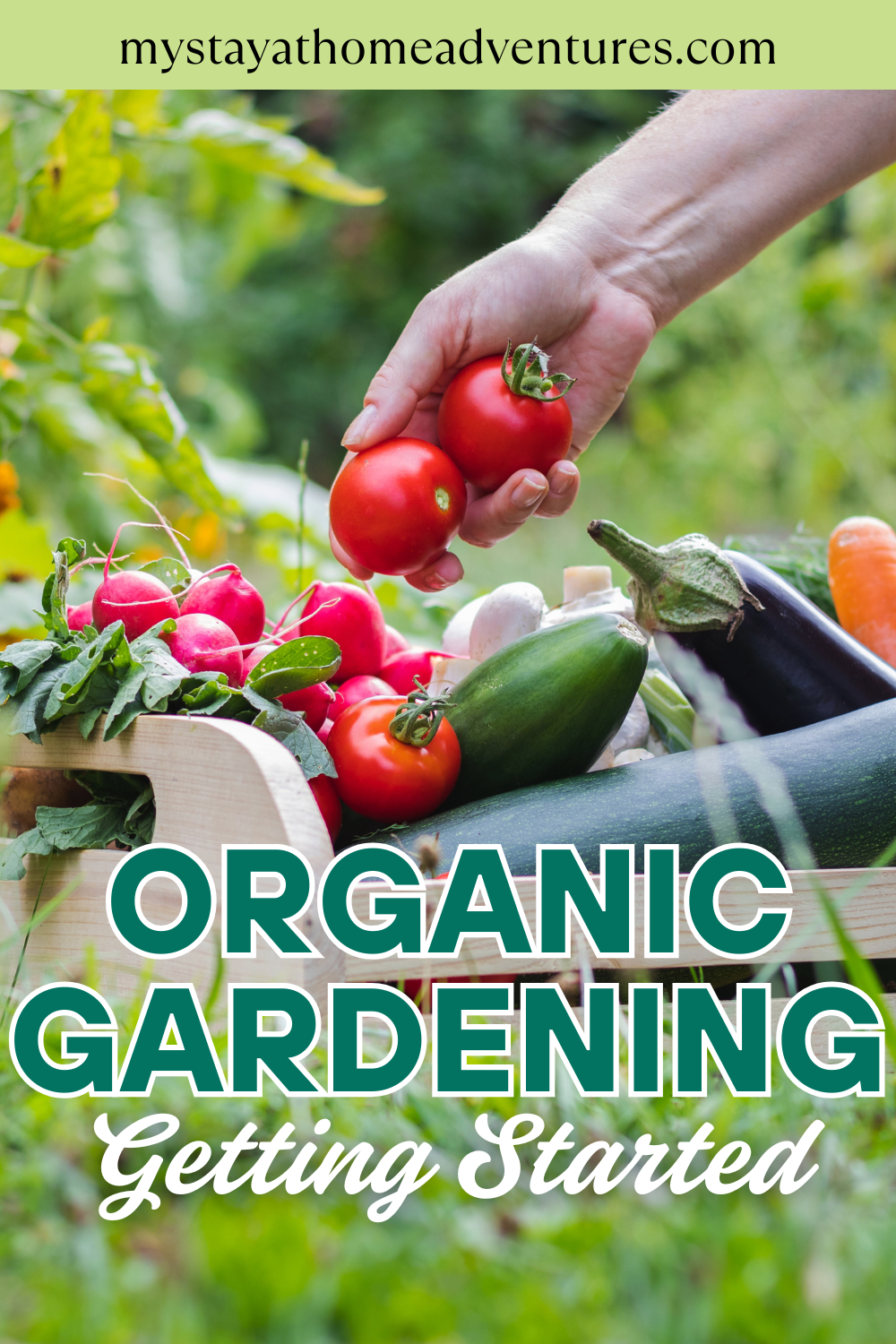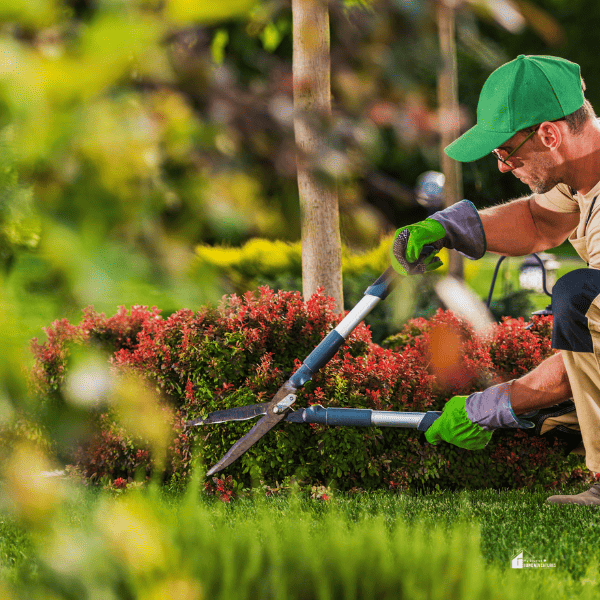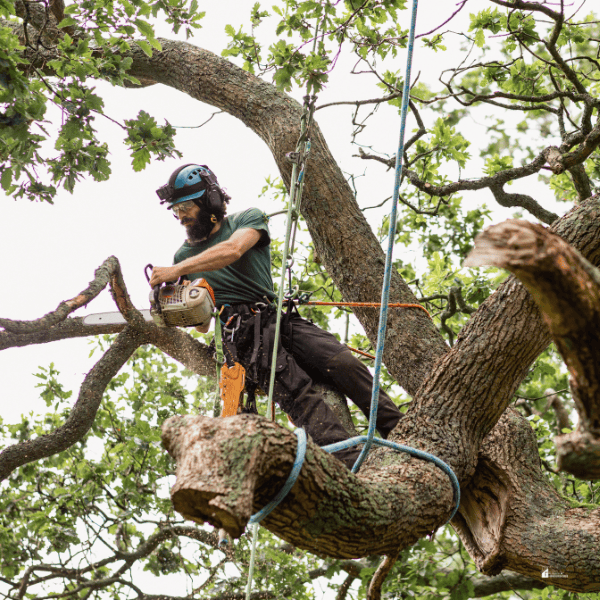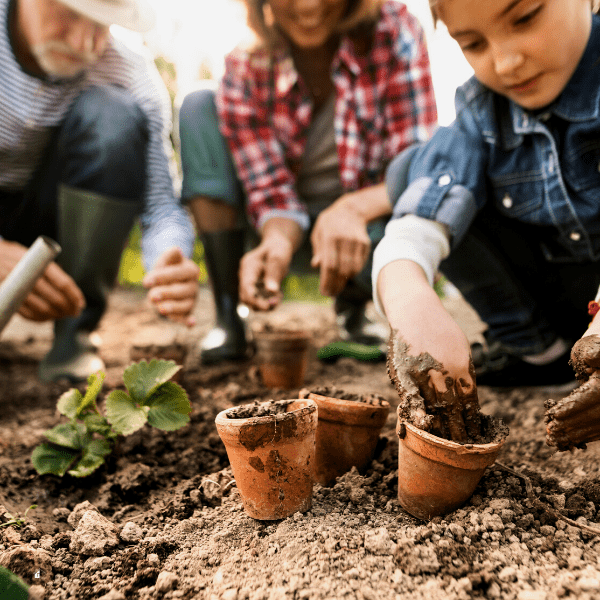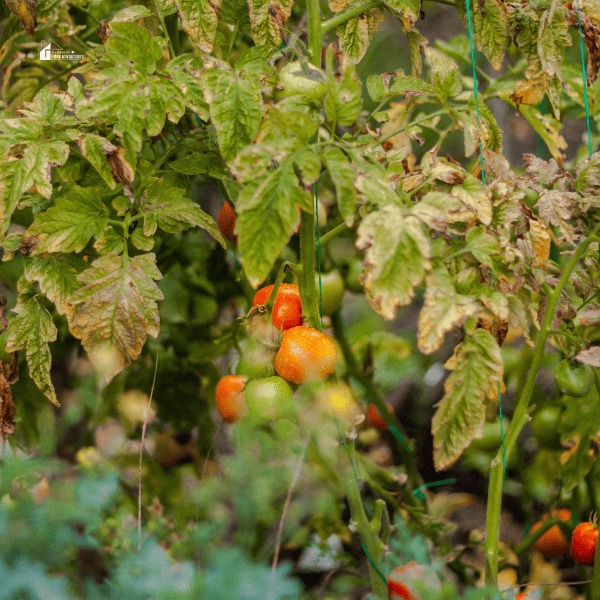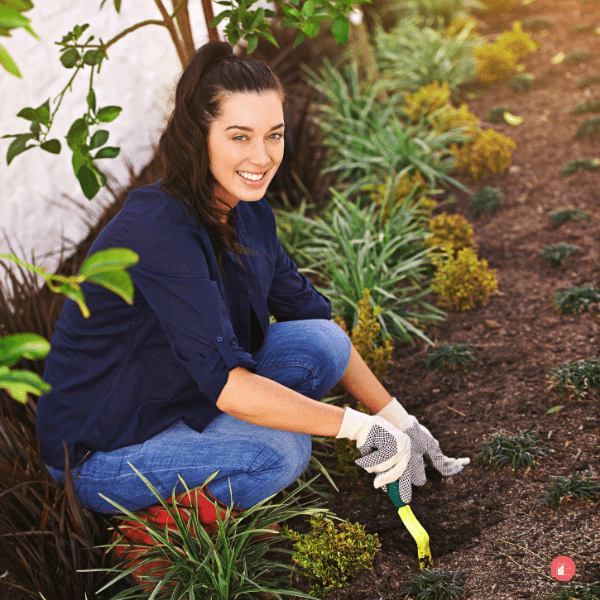Organic Gardening: Getting Started
This post may contain affiliate links which might earn us money. Please read my Disclosure and Privacy policies hereOrganic agriculture stresses sustainability and ecological balance. Organic gardening is beneficial for animals and plants as it eliminates artificial fertilizers and pesticides. Natural techniques prioritize weed control, insect management, and soil health.
This strategy produces chemical-free, nutritious food and helps the environment. Growing a productive garden requires first understanding organic gardening.
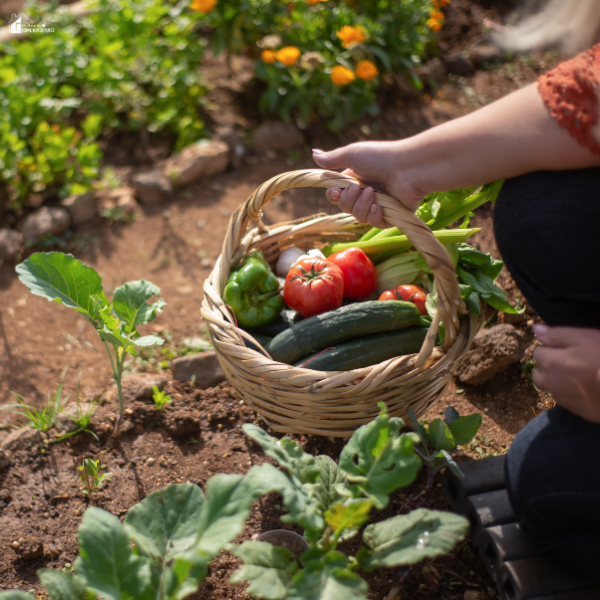
Understanding organic gardening
Organic farming encourages biodiversity and ecological equilibrium. Natural replacements should replace synthetic pesticides and fertilizers. By enhancing soil health, lowering pests, and managing weeds, sustainable techniques protect garden ecology and foster a mini-ecosystem of local animals, insects, and plants.
In this chemical-free setting, appropriate potting materials and a plant repotting kit encourage the formation of sensitive root systems. Producing nutritious food and protecting the environment depend on understanding organic agriculture.
Planning your organic garden
A successful organic garden necessitates meticulous planning for plant growth and harvest. Examine the space first. Sunlight exposure and soil conditions significantly impact plant choices and garden design. Consider companion planting.
These clever collaborations allow some species to develop quicker and others to escape pests. Creating a seasonal planting calendar is beneficial. It aids in determining the ideal planting seasons for various crops and makes crop rotation programs easier.
Both are critical for soil health and minimizing the risk of soil-borne illness. Careful garden organization enhances yields while remaining environmentally friendly.
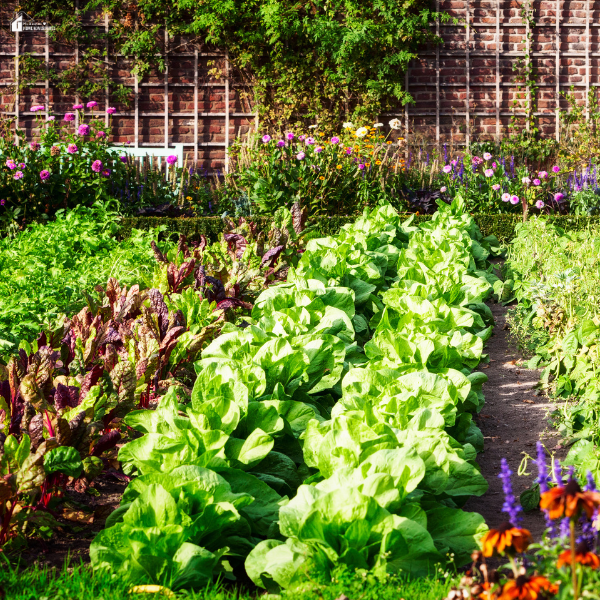
Selecting the appropriate plants for your organic garden
A healthy organic garden calls for selecting suitable plants for your circumstances. It guarantees compatibility between soil and climate. Whenever feasible, give native species top priority. Consider ancestral types, which generally need fewer treatments and are better suited to local pests and illnesses. Consider every plant's growing season, mature space, and soil nutrient needs. Different plant species boost garden diversity. This species draws beneficial insects, which operate as natural pest controllers, creating a more robust, self-sustaining garden environment that can withstand obstacles. Smart plant selection helps to create a vibrant, fruitful organic garden that grows naturally.
Maintaining and caring for your organic garden
With appropriate care, an organic garden flourishes and produces for the growing season. This scenario calls for regular, moderate irrigation. Rich mulch suppresses weeds and helps to preserve soil moisture. Using organic techniques instead of synthetic pesticides, pests and diseases must be watched and treated as soon as feasible. Gradual soil fertility and structure increases come from planned crop rotation and composting. While collecting the product at its height encourages many plants to keep producing, pruning plants on time shapes them and stops unwanted growth. Proactive maintenance enhances the plants' health and the garden's ecological balance. It is a dynamic system.
Conclusion
Organic gardening is a gratifying way of growing beautiful, healthy plants and supporting a sustainable environment. Gardeners may create dynamic settings by stressing natural methods, careful observation, and smart design. These areas generate healthy, synthetic-free food while fostering ecological balance and biodiversity. Organic farming promotes respect for nature and harmony. The approach encourages robust plants and draws helpful species, including the garden, into the surrounding ecology. This careful strategy encourages health through a nutritious diet. It also helps the planet; therefore, it is important for both present and future generations.
